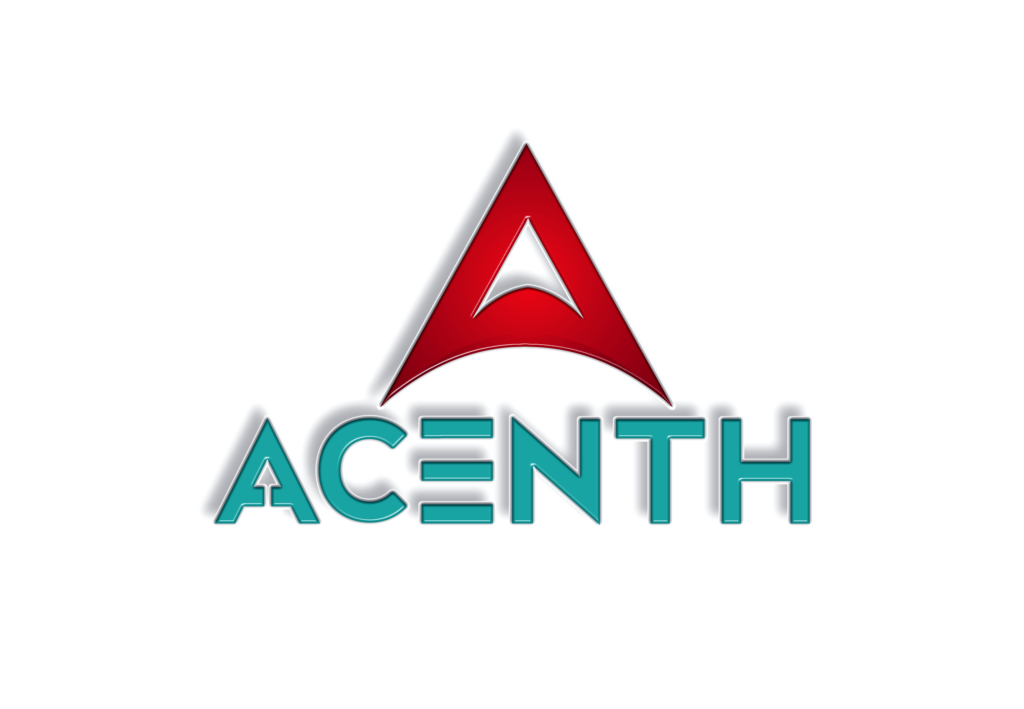In vitro diagnostics (IVD) are pivotal in modern healthcare, providing critical information for diagnosing and managing diseases. However, the pricing and reimbursement of IVDs significantly influence their accessibility and utilization. This blog delves into the intricacies of IVD pricing, the reimbursement landscape, and the impact on diagnostics, focusing on the USA and China. By understanding these dynamics, healthcare professionals can better navigate the economic aspects of IVD implementation and usage.
Understanding IVD Pricing
IVD pricing is complex and influenced by multiple factors, including research and development (R&D) costs, regulatory requirements, market demand, and competition. Manufacturers’ pricing strategies can vary widely, impacting the affordability and accessibility of diagnostic tests.
Factors Influencing IVD Pricing
- Research and Development Costs:
- Developing IVDs involves significant investment in R&D, including clinical trials and regulatory approvals. These costs are often reflected in the final price of the diagnostic test.
- Regulatory Compliance:
- Compliance with regulatory standards in different countries, such as the FDA in the USA and the NMPA in China, adds to the overall cost. These costs include application fees, documentation, and compliance testing.
- Market Demand and Competition:
- Market demand and the level of competition among manufacturers also play a crucial role. High-demand tests with few alternatives may command higher prices, while competitive markets may drive prices down.
- Production and Distribution Costs:
- Manufacturing, quality control, and distribution logistics contribute to the pricing structure. Efficient production and distribution can help lower costs.
Acenth’s Clinical Trial Design and Regulatory Services support manufacturers in optimizing these processes, helping to manage costs effectively.
The Reimbursement Landscape
Reimbursement for IVDs varies significantly between countries and even within regions. Understanding the reimbursement policies and navigating the complexities is crucial for successfully adopting IVDs in clinical practice.
Reimbursement in the USA
In the USA, reimbursement for IVDs is primarily managed by public and private insurance providers. The Centers for Medicare & Medicaid Services (CMS) play a significant role in setting reimbursement rates for diagnostic tests.
- Medicare and Medicaid:
- CMS determines reimbursement rates based on the Clinical Laboratory Fee Schedule (CLFS) and the Hospital Outpatient Prospective Payment System (OPPS). These rates can impact the financial viability of offering certain tests.
- Private Insurers:
- Private insurance companies have their own reimbursement policies, which may vary widely. Negotiating with these insurers is essential to ensure coverage for diagnostic tests.
- Coding and Billing:
- Accurate coding and billing are crucial for securing reimbursement. Healthcare providers must stay updated with Current Procedural Terminology (CPT) codes and ensure proper documentation.
Acenth’s Biostatistics and Medical Writing services can assist in developing robust documentation and coding strategies to optimize reimbursement.
Reimbursement in China
In China, the National Healthcare Security Administration (NHSA) oversees the public health insurance system, which covers a significant portion of the population. Reimbursement policies are evolving, with efforts to expand coverage for advanced diagnostics.
- Basic Medical Insurance (BMI):
- The BMI covers a range of diagnostic tests, with reimbursement rates varying by region. The inclusion of new tests in the reimbursement list is subject to rigorous evaluation.
- Private Insurance:
- The private insurance sector in China is growing, offering additional coverage options for advanced diagnostics not covered by public insurance.
- Health Technology Assessment (HTA):
- HTA plays a critical role in determining whether new diagnostics are included in the reimbursement list. Cost-effectiveness and clinical benefits are key criteria.
Acenth’s Project Management services provide support in navigating the HTA process and optimizing reimbursement strategies in China.
Impact on Diagnostics
The pricing and reimbursement landscape for IVDs directly affects their adoption and utilization in clinical practice. Understanding these impacts helps healthcare professionals make informed decisions about diagnostic strategies.
Access to Advanced Diagnostics
High costs and limited reimbursement can restrict access to advanced diagnostics, particularly in low-resource settings. Efforts to negotiate better reimbursement rates and reduce costs are crucial for improving access.
- Cost-Effectiveness Analysis:
- Conducting cost-effectiveness analyses helps demonstrate the value of advanced diagnostics, supporting efforts to secure better reimbursement.
- Innovative Pricing Models:
- Exploring innovative pricing models, such as value-based pricing, can help align the costs with the clinical benefits, improving access.
Acenth’s Clinical Data Management and Quality Monitoring services assist in gathering the necessary data to support cost-effectiveness analyses and innovative pricing strategies.
Quality of Care
Adequate reimbursement for IVDs ensures that healthcare providers can offer high-quality diagnostic services without financial strain. This, in turn, leads to better patient outcomes and more efficient healthcare delivery.
- Timely Diagnosis:
- Adequate reimbursement supports timely and accurate diagnosis, enabling early intervention and better management of diseases.
- Comprehensive Testing:
- Ensuring coverage for a broad range of diagnostic tests allows for comprehensive patient evaluations, leading to more personalized treatment plans.
Future Trends in IVD Pricing and Reimbursement
The landscape of IVD pricing and reimbursement is continuously evolving, influenced by technological advancements, regulatory changes, and healthcare policies. Staying informed about these trends is essential for healthcare professionals and manufacturers alike.
1. Digital Health Integration:
- The integration of digital health solutions with IVDs, such as telemedicine and remote monitoring, is expected to influence pricing and reimbursement models. These innovations can enhance the value proposition of diagnostics, supporting better reimbursement rates.
2. Global Harmonization:
- Efforts towards global harmonization of regulatory standards and reimbursement policies can streamline the process for manufacturers and improve access to diagnostics worldwide.
3. Personalized Medicine:
- The shift towards personalized medicine, where diagnostics play a crucial role in tailoring treatments, will drive changes in pricing and reimbursement strategies. Demonstrating the clinical and economic benefits of personalized diagnostics will be key.
Acenth’s comprehensive services, including Biostatistics, Regulatory Services, and Medical Writing, are designed to support healthcare professionals and manufacturers in navigating these future trends.
Ensuring Sustainable Access to Diagnostics
Navigating the complexities of IVD pricing and reimbursement is essential for ensuring sustainable access to high-quality diagnostics. By understanding and addressing these challenges, healthcare professionals can contribute to better patient outcomes and more efficient healthcare systems.
Acenth is committed to supporting the healthcare community with expert services tailored to the unique needs of clinical research and diagnostics in the USA and China. Together, we can enhance the accessibility and impact of in vitro diagnostics, driving advancements in medical science and patient care.
Sources:
- World Health Organization (WHO): Diagnostic Imaging and Laboratory Technology
- National Institutes of Health (NIH): Economics of Diagnostic Imaging and Laboratory Testing
- Centers for Medicare & Medicaid Services (CMS): Clinical Laboratory Fee Schedule





















